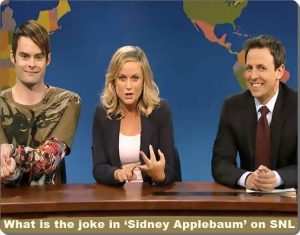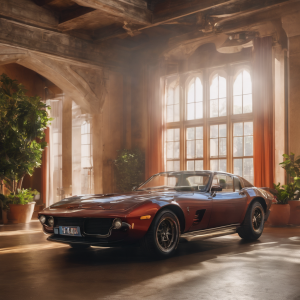The UK’s largest radio telescope, the Lovell Telescope at Jodrell Bank in Cheshire has been turned into a light and sound show.
For the first time since 2019, at the Bluedot festival, the giant radio telescope will take centre stage.
Nasa’s James Webb Space Telescope sends stunning photos from space. It can be beamed onto the dish’s 249ft (76m) size.
“We’ll use that dish as a huge film screen,” said Prof Teresa Anderson
I want to show some of the latest data from the sun and beautiful images of the moon.
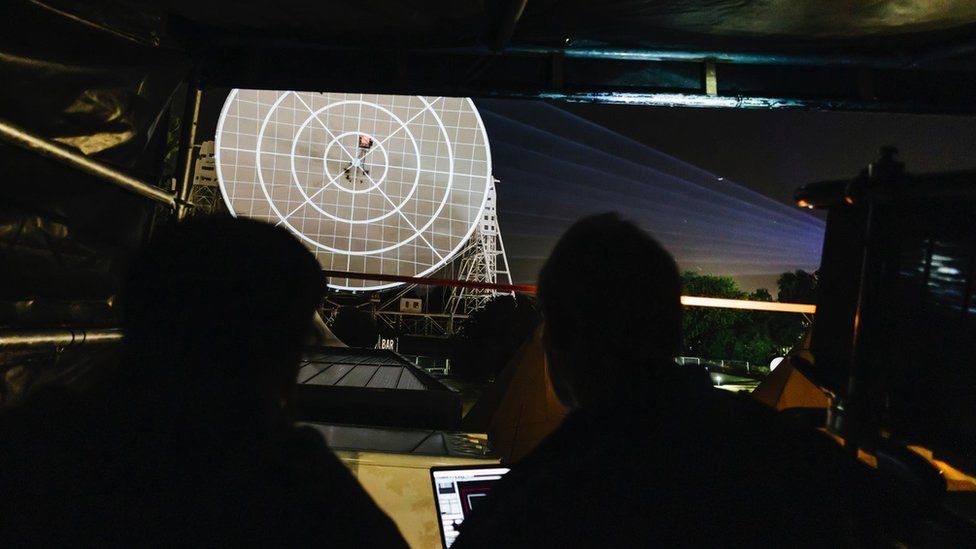
The soundtrack features recordings from space, including the “sonification” of the radio telescope’s own scan of our galaxy, the Milky Way.
Prof. Anderson, a professor of astrophysics, teamed up with her husband Professor O’Brien and created the space festival. They also created a soundtrack based on recordings from outer space.
Other solar observatories measuring the surface and atmosphere can include the Solar Dynamics Observatory and the Solar and Heliospheric Observatory.
- Images From Nasa’s Photographer of Earth – Blue Marble Next Generation
- Photos of the “far side” of the Moon
- The soundtrack features sounds from space, including the “sonification” of the radio telescope’s own scan of our galaxy, the Milky Way.
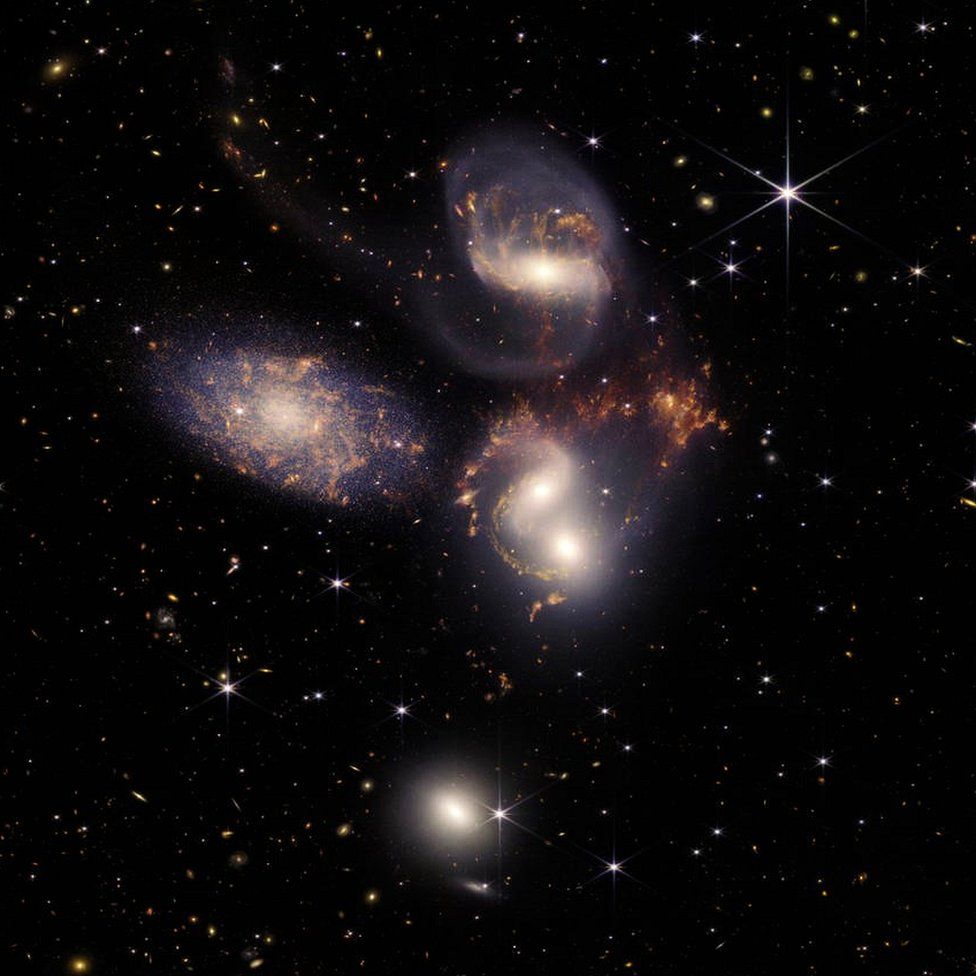
As the telescopes scan over each arm, you can hear it rise and fall in tone. ‘It’s like listening to a thousand radios,’ said Professor O’Brien.
The pulsar was a spinning neutron star, emitting a percussedive rhythm. What is more exciting is that it flashes in the sky like it is a cosmic lighthouse.
Over 300 years ago, William Lawes captured the sounds of science in a piece of music.
Bernard Lovell created the the Lovell Telescope in 1948. This telescope was then used to study farther galaxies, including that of the supermassive black holes.
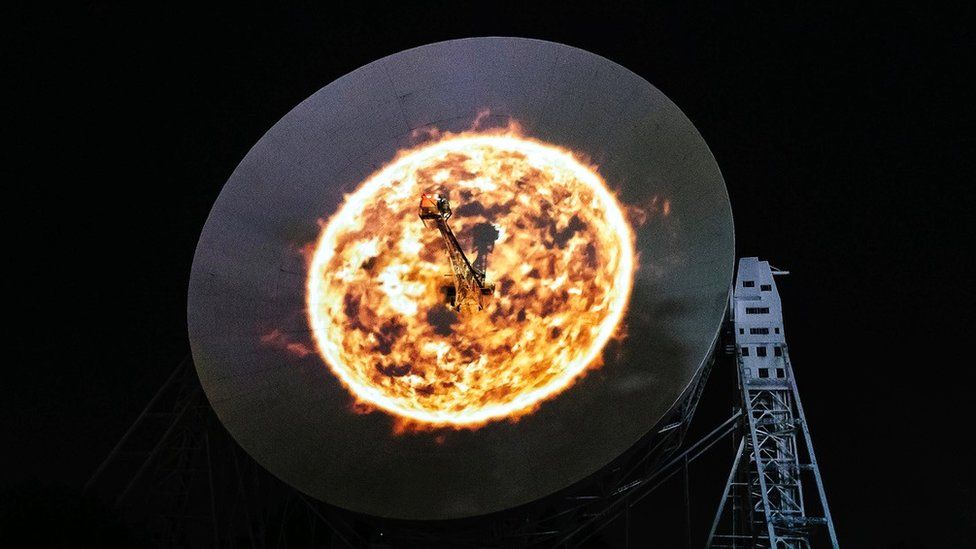
The Sputnik 1 is the first rocket that carries Sputnik 1. It made history in 1957 as it successfully tracked the rocket. This event was hailed as a Soviet breakthrough. The space race launched after this achievement.
“The Knight of the Garter was a stickler for scientific rigor,” said Prof Anderson. “But he also loved music and communicated science in a passionate way. So I believe we are following in his footsteps.”



